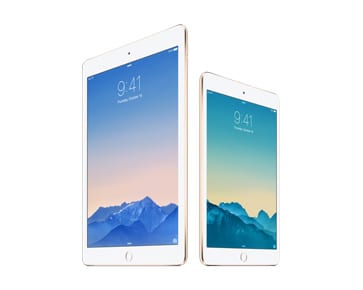Apple Inc. (NASDAQ:AAPL) retained its place at the top of the global tablet market. This has happened in spite of a significant downturn in a market which has experienced barely any innovation. Apple and Samsung made up 45 percent of the market in the first quarter of 2015. However, their cumulative share dropped to 41 percent as a result of the growth of other companies such as E FUN, LG and Huawei.
In spite of the continued downturn in shipments for its iPad range of products, Apple topped the global tablet market selling 10.9 million units in the second quarter this year. Samsung retained its number two ranking with 7.7 million units sold and not so modest 17 percent market share in the second quarter of 2015. Lenovo held on its third ranking with 2.5 million units and a respectable 5.7 percent share of the market.
As per the IDC, an industry research, and analyst firm, the global market for tablet saw a yearly decrease of 7 percent in 2015’s second quarter. The shipments grossed 44.7 million units. The market also decreased by 3.9 percent when benchmarked against the first quarter this year.
According to Jean Philippe Bouchard, IDC research director for Tablets, the companies that grew leveraged growth opportunities in the market. LG and Huawei exploited the connected tablets space while E FUN addressed the segment of large tablets and 2-in-1s in the suitable price bands.
The top five vendors made up 54% of the market share currently which is a drop from 58% in the previous quarter. Notably, Huawei has become a first time top five entrant. E FUN regains a top ten spot after over a year. These all sign to the changing nature of the vendor landscape.
There are many reasons attributed to the top two established players who are losing ground to smaller players in the tablet space. These include the longer life of the old tablets, competition posed by large smartphones and the ability to install the latest OS on older tablets.
Sources: channellife.co.nz, siliconangle.com









